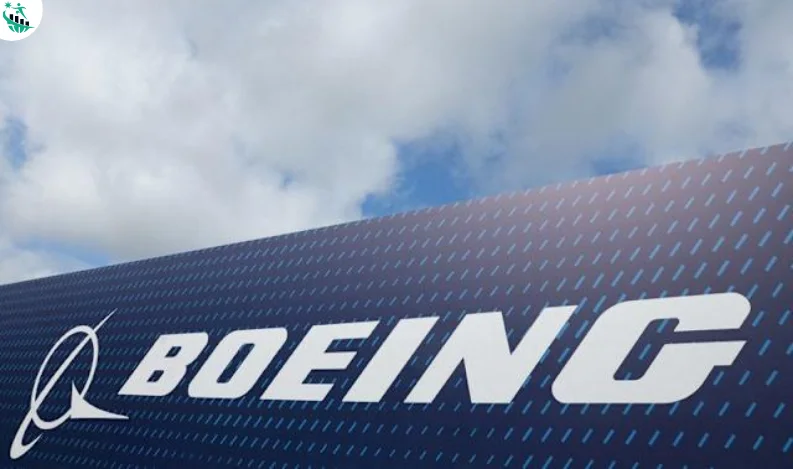
Boeing Eyes Alternative Buyers for China-Bound Jets Amid Trade Tensions
As tensions escalate between the U.S. and China, Boeing Co. is preparing to resell aircraft originally intended for Chinese airlines, a move that signals rising uncertainty around aerospace trade amid the ongoing dispute.
Speaking after the company’s latest earnings release, CEO Kelly Ortberg confirmed that China has paused jet deliveries, leaving approximately 50 aircraft in limbo — planes that were scheduled for delivery this year.
“We’re in close communication with our China customers and are actively assessing options for remarketing already built or in-process airplanes,” Ortberg said during the earnings call.
Trade Fallout Threatens Recovery Momentum
The freeze in deliveries comes as Boeing posts better-than-expected results, offering hope for recovery after years of challenges. But the tariff fallout, triggered by retaliatory measures from China following U.S. trade policies under President Trump, now threatens to upend the company’s momentum.
Ortberg noted that while only China has retaliated so far, the potential for other countries to impose similar restrictions could derail recovery efforts.
“I don’t think a day goes by where we aren’t engaged with someone in the administration,” Ortberg said, emphasizing ongoing discussions with White House and cabinet-level officials on the importance of aerospace exports.
Financial Exposure and Contingency Plans
-
Boeing estimates its exposure at under $500 million from trade-related costs.
-
The stalled China-bound jets could place another $1 billion in revenue at risk.
-
Despite these figures, Boeing’s management remains confident in their ability to redirect aircraft to alternative buyers.
One such buyer is Air India Ltd., which has already taken delivery of 41 737 Max jets originally intended for China, and is expected to take more in the near future.
“If China decides to defer or cancel orders, Boeing should have little difficulty reallocating the aircraft,” said Ron Epstein, analyst at Bank of America, in a client note.
Production and Cash Flow Outlook
Despite the trade strain, Boeing is forging ahead with its production plans. The company aims to:
-
Reach 38 units per month for the 737 Max, in line with FAA caps.
-
Gradually increase output to mid-50s per month, contingent on supplier stability and factory performance.
-
Boost cash flow and reverse the negative trends observed in recent quarters.
“We’re well on track for that recovery to return to positive cash flow in the second half of the year,” Ortberg said.
Supplier Concerns and Industry Pressure
While Boeing is optimistic, the implications for smaller suppliers loom large. Many component manufacturers already face cost pressures due to Boeing’s increased production demands. Ortberg acknowledged the risk but said no significant supplier distress has been observed yet.
Boeing’s Balancing Act Continues
As the world’s largest U.S. exporter of manufactured goods, Boeing stands at the intersection of geopolitics and commerce. Its challenge now lies in maintaining production growth and financial recovery while navigating a volatile trade environment.
For now, the company is treading carefully — reshuffling its global delivery plans, lobbying in Washington, and attempting to protect its long-term market share from eroding under the weight of economic conflict.



Recent Comments: